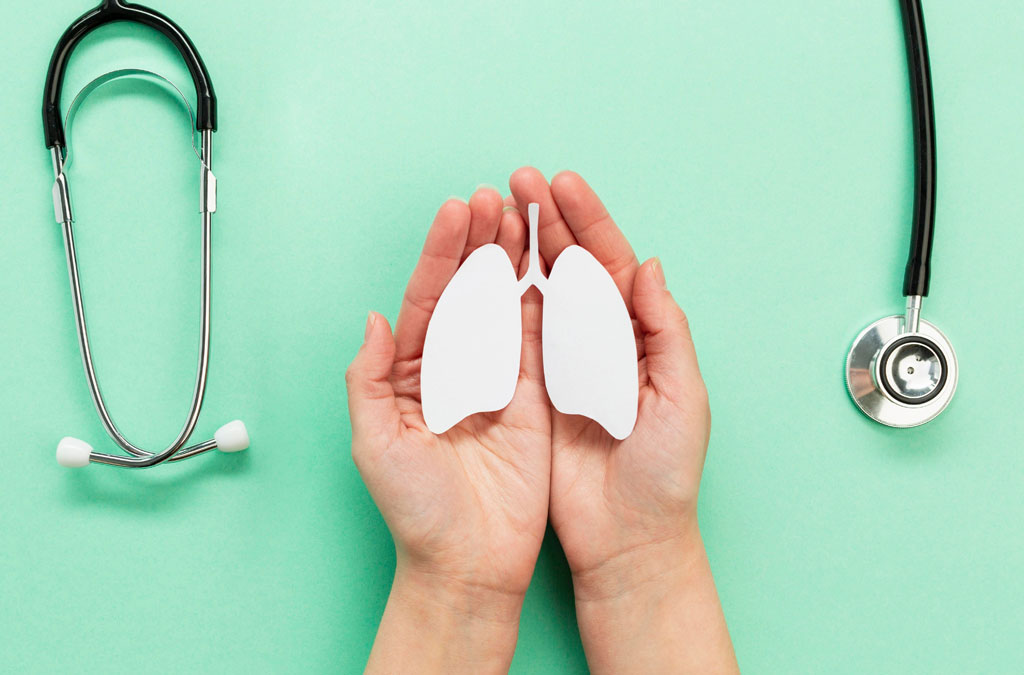Lung Cancer Awareness Month

Lung cancer is a critical health concern arising from the uncontrolled proliferation of abnormal cells in the lungs, potentially leading to severe consequences, including death. Recognizable symptoms include persistent coughing, chest pain, and breathlessness, necessitating prompt medical attention. Treatment approaches vary based on individual medical histories and the stage of the disease.
While smoking tobacco, particularly cigarettes, cigars, and pipes, is the primary risk factor for lung cancer, non-smokers can also be affected. Other risk factors encompass secondhand smoke exposure, occupational hazards like asbestos and radon, certain chemicals, air pollution, hereditary cancer syndromes, and pre-existing chronic lung conditions.
Manifesting through various symptoms such as persistent cough, chest pain, shortness of breath, coughing up blood (hemoptysis), fatigue, unexplained weight loss, and recurrent lung infections is common however, early-stage symptoms can be subtle, leading to delayed diagnosis.
Effective prevention involves abstaining from smoking tobacco and avoiding other risk factors like secondhand smoke, air pollution, and workplace hazards. Early intervention is crucial to halt lung cancer progression and prevent its spread. Primary prevention aims to reduce risk factors and promote healthy behaviors through strategies like smoking cessation, creating smoke-free environments, implementing tobacco control policies, addressing workplace hazards, and minimizing air pollution. Secondary prevention focuses on screening methods, particularly for high-risk individuals, using techniques like low-dose computed tomography (LDCT) for early detection, significantly improving treatment outcomes.
Diagnostic procedures involve a range of methods, including physical examination, imaging techniques (chest X-rays, CT scans, MRI), bronchoscopy, biopsy, and molecular testing. These methods collectively provide a comprehensive understanding of the cancer’s nature, guiding healthcare professionals in determining the most appropriate treatment options.
Treatment strategies depend on factors such as cancer type, spread, and the individual’s medical background. Timely detection significantly enhances treatment effectiveness. Key modalities include surgery, radiotherapy, chemotherapy, targeted therapy, and immunotherapy, with collaborative planning among medical professionals from various disciplines for comprehensive care. Supportive care is crucial, managing symptoms, alleviating pain, and providing emotional support to enhance the quality of life for individuals with lung cancer and their families.


